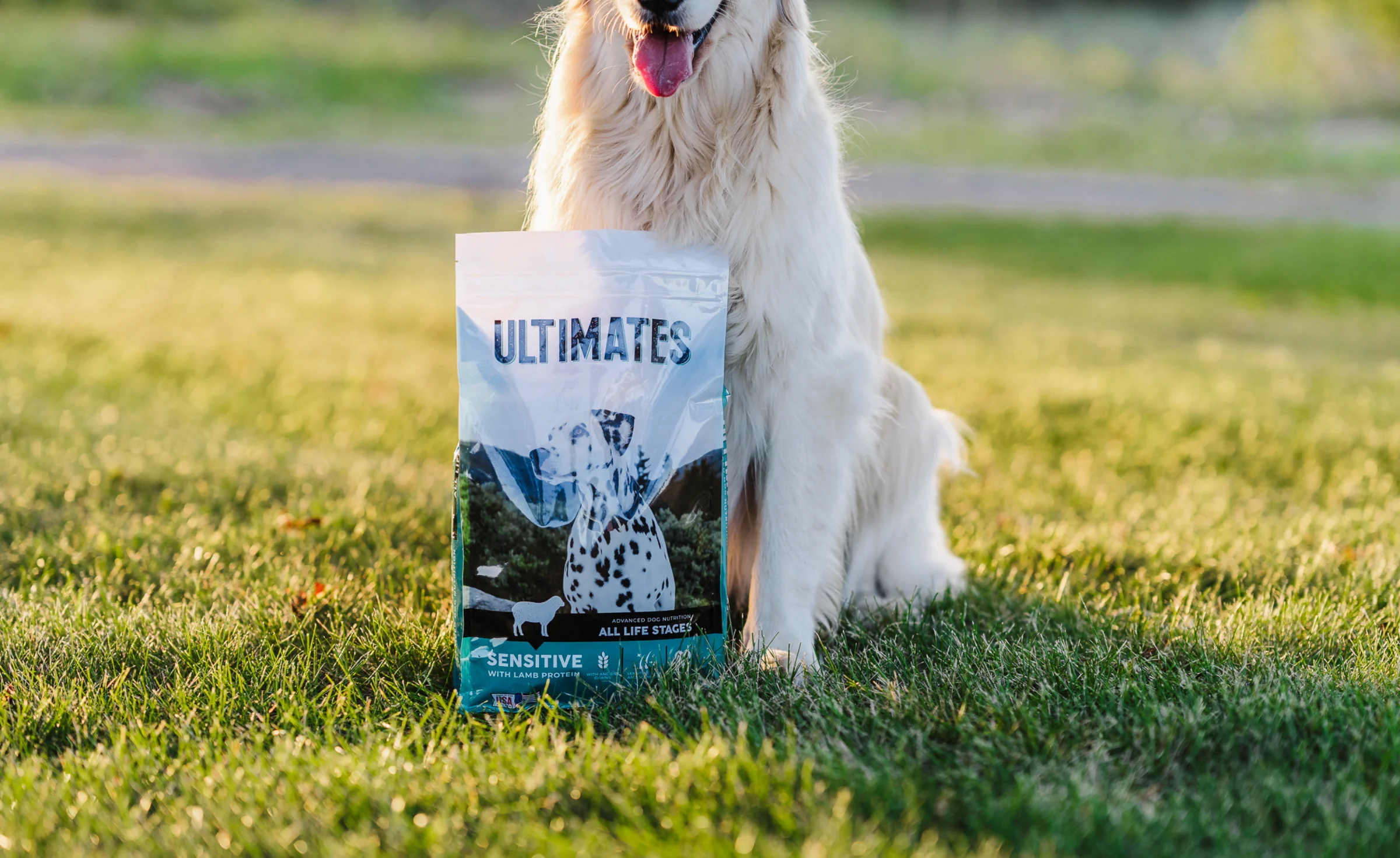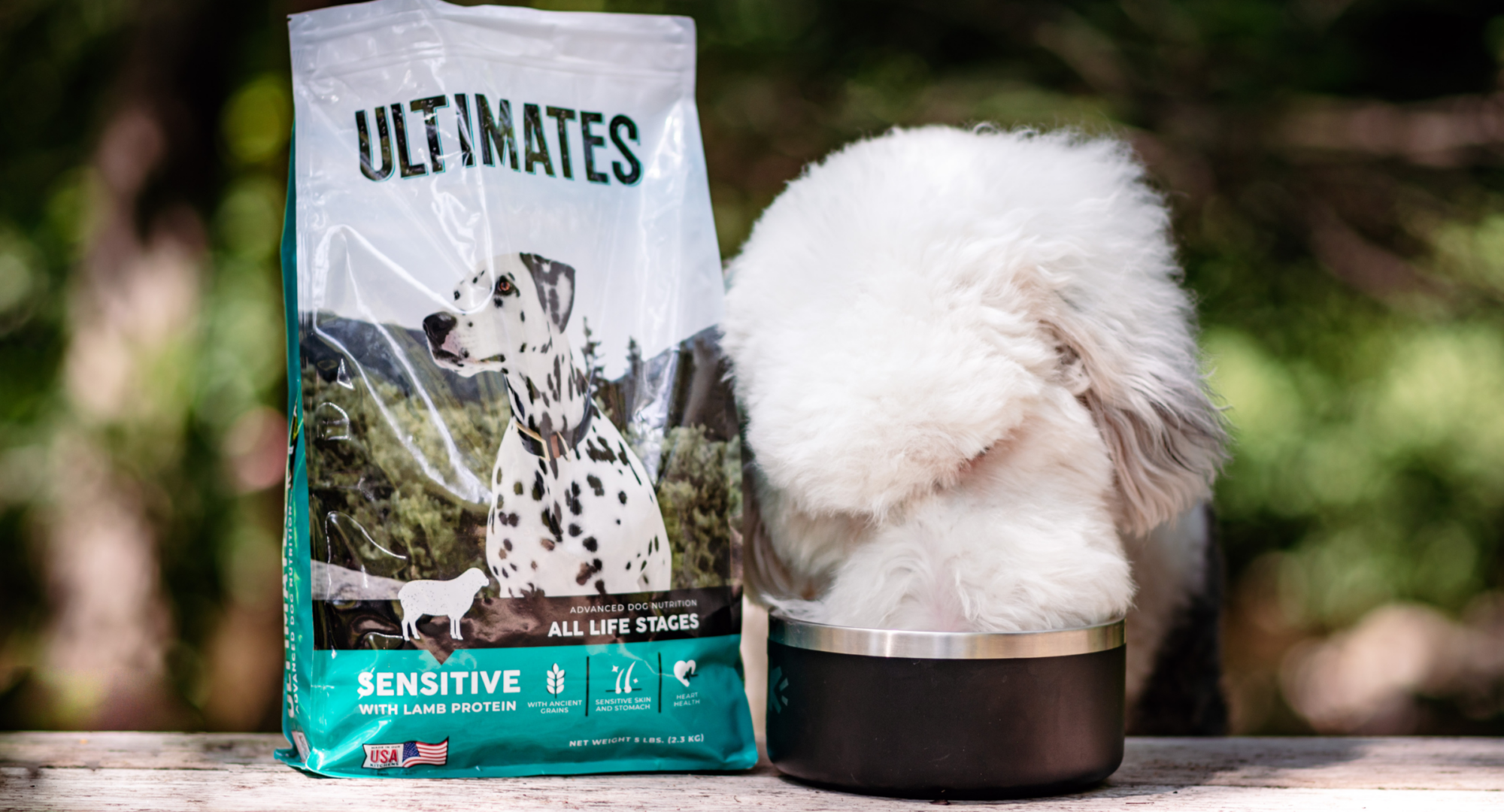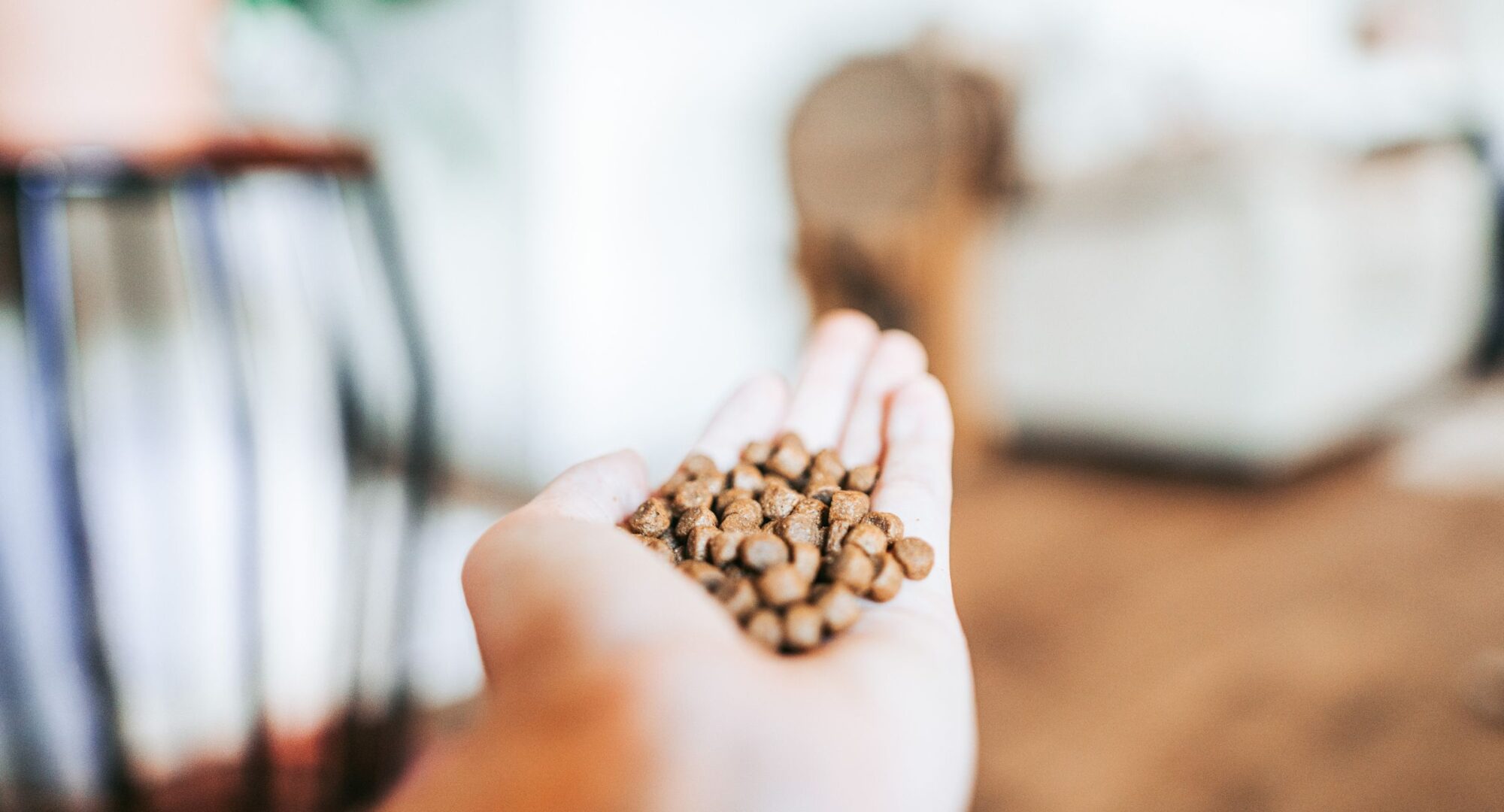How to Stop Your Dog from Licking Their Paws

Dogs do some pretty weird things – rolling in questionable smells, staring at us while we eat, and of course, licking their paws like it’s their full-time job. While the occasional paw lick is no big deal, constant licking can be a sign of irritation, allergies, or even stress. And let’s be honest, all that licking noise? Not exactly the best background sound when you’re trying to relax.
If your dog won’t stop licking their paws, don’t worry. In this article, we’ll cover why they do it, how to identify the cause, and the best ways to stop the habit. Plus, we’ll go over prevention tips, home remedies, and when to call the vet for backup.
Why Do Dogs Lick Their Paws?
Dogs lick their paws for many reasons, some harmless and some that need a little extra attention. The trick is figuring out whether your pup’s licking is just a random habit or a sign of something more serious.
Occasional vs. Excessive Licking
A little paw licking here and there? Don’t worry, occasional paw licking is totally normal. Dogs groom themselves just like cats do (though with a little less grace). It helps them remove dirt, soothe minor irritation, and keep their paw pads in good shape.
But when licking turns into an all-day obsession, it’s time to take a closer look. Excessive paw licking can mean your dog is dealing with allergies, infections, injuries, or even boredom. If you’re noticing redness, swelling, or nonstop licking, it’s time to intervene.
Common Causes of Paw Licking
Dogs lick their paws for various reasons, and understanding the cause can help you find the right solution. Below are some of the most common reasons your pup might be licking excessively:
- Allergies. Whether it’s food, pollen, or a reaction to a cleaning product, allergies can make your dog’s paws itch like crazy. The irritation often leads to excessive licking as they try to soothe the discomfort.
- Injuries. A torn nail, a cut, or even a tiny piece of debris stuck between their toes can be seriously annoying. Dogs instinctively lick wounds to clean them, but too much licking can make the problem worse.
- Yeast infections. These thrive in warm, damp places – like between your dog’s toes. If your pup’s paws smell funky or look red and inflamed, a yeast infection could be the culprit.
- Stress licking. Some dogs lick as a way to self-soothe when they’re anxious or bored. This can turn into a compulsive habit, similar to how people bite their nails or scroll endlessly on their phones.
How to Identify the Cause
Before you try to stop the licking, you’ll need to figure out what’s causing it. This part might involve a little detective work, but don’t worry – your dog’s mystery paw problem is about to be solved.
Physical Injuries or Irritation
Start with a good old-fashioned paw inspection. Look for cuts, swelling, torn nails, or stuck objects between the toes. If your dog flinches or pulls their paw away, there’s a good chance something’s bothering them.
If there’s an obvious injury, clean it up with lukewarm water and mild antiseptic. A torn nail or deep cut might need a vet’s help, especially if there’s bleeding or limping. For minor scrapes, a little TLC (and maybe some dog booties) should do the trick.
Allergies or Skin Conditions
If your dog’s paws look fine but they’re licking non-stop, allergies might be the culprit. Dogs with food allergies often lick their paws because of the itchy skin reactions they cause. Environmental allergies, like grass, pollen, or dust, can also irritate your dog’s paw pads, making them itchy and inflamed.
Try switching to a limited-ingredient diet or a hypoallergenic dog food to rule out food allergies. If the issue seems seasonal, wiping their paws with a damp cloth after walks can remove pollen and other allergens that might be triggering the itch.

Stress, Anxiety, or Boredom
Dogs are emotional creatures, and licking can be a way of coping with anxiety or boredom. If your dog licks more when they’re alone, when there’s a trigger like a loud noise, or during changes in routine, stress could be the cause.
Try increasing their playtime, giving them toys, or even trying calming supplements. If the licking seems compulsive, talk to your vet about behavioral training or anxiety relief options.
Home Remedies to Stop Paw Licking
Once you’ve figured out the cause of your dog’s paw licking, it’s time to put a stop to it. The good news? There are plenty of natural remedies that can help:
Use Soothing Natural Treatments
Applying coconut oil to your furry friend’s paws can help moisturize, reduce irritation and support healing. It’s packed with natural antibacterial properties and is totally safe if your dog licks it off (which they probably will).
A diluted apple cider vinegar soak can also help balance skin pH and reduce yeast overgrowth. Just mix equal parts water and vinegar in a bowl, and let your dog’s paws soak for a few minutes.
Keep Paws Clean and Dry
Wet paws can lead to itchiness and infections, so keeping them clean and dry is key. After walks, wipe your dog’s paws with a clean cloth and make sure they’re dry before bedtime.
If your pup has been licking their paws excessively, try using a mild, anti-itch shampoo or giving them an oatmeal bath to soothe their skin.
How to Prevent Future Paw Licking
Preventing excessive paw licking is just as important as treating it. By taking proactive steps, you can reduce the chances of your dog developing this habit and ensure their paws stay healthy and comfortable. Here are some quick tips:
Regular Grooming and Paw Maintenance
Keeping your dog’s paws well-groomed can help prevent irritation and injuries that lead to excessive licking. Trim their nails regularly to avoid discomfort, and keep the fur between their paw pads trimmed to prevent debris from getting stuck.
Checking their paws for cuts, swelling, or signs of infection can also help catch issues before they become serious.
Protect Paws During Walks
Extreme temperatures, rough terrain, and environmental irritants can all contribute to paw discomfort. In hot weather, avoid walking your dog on scorching pavement, and in winter, protect their paws from ice, salt, and de-icing chemicals. Consider using dog booties or applying a protective paw balm before heading outside.

Managing Stress and Anxiety
Identifying stressors and taking proactive steps to create a calming environment can help reduce paw licking and improve your dog’s overall wellbeing. Here are some effective strategies to help your dog feel more secure and relaxed:
Provide Physical and Mental Stimulation
A bored or anxious dog may lick their paws as a coping mechanism. Providing daily exercise, interactive toys, and training sessions can help keep their mind engaged and reduce stress.
Activities like scent work, puzzle feeders, or structured playtime can make a big difference in keeping their energy balanced.
Create a Calm Environment
Dogs thrive in a stable and predictable environment. If your dog tends to lick more during stressful situations, try creating a calming space for them.
This can include a designated quiet area, the use of white noise or calming music, and pheromone diffusers designed to reduce anxiety. If your dog struggles with severe anxiety, consult your vet about additional support options.
When to See a Vet
While home remedies can be effective, some cases require professional attention. If your dog’s licking persists or worsens, it’s time to consult your vet. Here are some signs to look out for:
Signs Your Dog May Need Professional Help
- Raw, bleeding, or swollen paws that don’t heal within a few days.
- Signs of infection, like a bad smell, pus, or excessive redness.
- Constant licking even after trying home remedies.
More Tips and Solutions
Keeping your dog’s paws healthy requires a combination of prevention and targeted solutions. Here are some additional tips to help reduce excessive licking and maintain paw health:
Deterrents to Discourage Licking
If your dog just won’t quit, you might need to pull out the big guns – an Elizabethan collar (aka “the cone of shame”). It’s not their favorite, but sometimes it’s the best option to let the paws heal.
Medicated Shampoos and Paw Balms
A medicated anti-itch shampoo can work wonders for skin irritation. Pair that with a moisturizer or paw balm to create a protective barrier that keeps irritants out.
Feed a Healthy, Balanced Diet
Your dog’s diet plays a huge role in their skin and coat health. If their food is packed with allergens, their itchy paws might never improve. Look for high-quality, limited-ingredient food and consider adding omega-3 supplements for skin support.
Our Ultimates dog food recipes are crafted with high-quality proteins, wholesome grains, and essential nutrients like omega fatty acids to support your dog’s overall wellbeing. With carefully selected ingredients, Ultimates dog food is designed to promote healthy skin, a shiny coat, and optimal digestion. Give your pup the nutrition they deserve while keeping their paws itch-free and comfortable.

Key Takeaways
- Excessive licking is usually a sign of an issue. Allergies, injuries, stress, and anxiety are the most common causes.
- Home remedies can help. Coconut oil, apple cider vinegar, and oatmeal baths can soothe irritated paw pads.
- Preventive care is key. Regular grooming, dog booties, and protective balms can keep paws healthy.
- If licking continues, call the vet. Raw or infected paws need professional treatment.
Still Wondering How to Stop Your Dog from Licking Their Paws?
If your dog is still licking non-stop, don’t give up. Experiment with different solutions, and remember that some remedies take time to show results. Keep an eye on their behavior, adjust their environment as needed, and provide distractions like chew toys or engaging activities.
Diet also plays a major role, so ensure they’re eating a well-balanced, high-quality diet that supports skin health and reduces inflammation.
If the licking persists despite your best efforts, consulting a vet is the best way to get professional guidance and ensure your pup’s paws stay healthy. A vet can determine if there’s an underlying medical condition requiring treatment and provide tailored recommendations to help your dog find relief.

